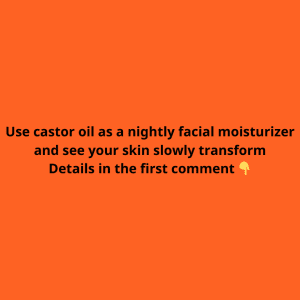Have you ever stood before a door, key in hand, and hesitated, unsure of which keyhole to use? It’s a small yet frustrating moment that most of us have experienced at some point. While it seems like a simple task, it’s actually tapping into some pretty deep cognitive skills that our brains use for decision-making and problem-solving.

At first glance, the keyhole puzzle looks easy. You’re presented with a key and several keyholes, and your task is to find the one that the key fits into. Some keyholes are obviously the wrong size or shape, but others are more subtle, requiring closer inspection. While the solution might seem obvious, solving the puzzle actually requires a combination of spatial awareness, attention to detail, and quick thinking.
But don’t be fooled by its simplicity! The keyhole puzzle tests your ability to think critically and make fast, informed decisions. So, how exactly do our brains process this seemingly straightforward task?
The real challenge behind the keyhole puzzle lies in spatial reasoning—the ability to visualize and manipulate objects in space. When you’re looking at the keyholes, your brain has to mentally rotate the key, figuring out how it would fit into each option. This process involves complex cognitive functions, especially those controlled by the parietal lobe of the brain.
Spatial reasoning is essential for many everyday tasks, like reading maps, packing a suitcase, or even parallel parking. It’s a skill that some people naturally excel at, while others might need a little more time to develop.
People who are good at spatial reasoning can often solve the keyhole puzzle quickly. They can easily visualize how the key needs to fit into the keyhole and mentally rotate it without much hesitation. These individuals tend to approach the problem methodically, assessing each keyhole in relation to the key’s shape and size.
On the other hand, those who struggle with spatial awareness may find the puzzle more challenging. They might try to fit the key into the wrong keyholes multiple times, feeling as though they’re trying to shove a square peg into a round hole. This frustration is completely normal—spatial skills vary from person to person, and they can improve with practice.
So, how do you approach this puzzle without getting stuck? Here’s a step-by-step guide that will help you crack the code:
- Step 1: Study the Key
Begin by taking a close look at the key. Pay attention to its size, shape, and any unique features, like grooves or notches. These details will help you narrow down which keyholes it could possibly fit into. - Step 2: Eliminate the Obvious Mismatches
Some keyholes will be clearly wrong. Maybe they’re too small, too large, or shaped in a way that the key could never fit. Eliminate these first to reduce your options. - Step 3: Compare Keyhole Shapes
For the remaining keyholes, closely compare their shapes to the key. Can you see any similarities? Look at the edges, angles, and the overall size. Your brain will naturally start to eliminate options as it processes the visual information. - Step 4: Mentally Rotate the Key
Imagine turning the key in different orientations to fit into the keyhole. This is where your spatial reasoning skills come into play. If you can easily picture the key fitting into a keyhole, you’ve likely found your answer. - Step 5: Make a Confident Choice
After mentally rotating the key and assessing the keyholes, choose the one that best matches the shape and orientation of the key. Sometimes it’s easy to overthink this step, but trust your judgment!
Now that you’ve worked through the puzzle, it’s time to reveal the correct answer. If you guessed Keyhole No. 7, congratulations! The key fits perfectly into this slot due to its size and orientation.

This puzzle might seem like a simple riddle, but it actually requires a fair amount of brainpower. The correct keyhole is a reflection of how well you can process spatial information and solve problems efficiently.
Puzzles like the keyhole challenge offer more than just a moment of fun—they help keep your brain sharp! Engaging in activities that require spatial reasoning can improve your overall cognitive function, boost memory, and even enhance your problem-solving skills. Here’s why puzzles are so good for you:
- Improves Focus: When solving a puzzle, you need to concentrate on the task at hand. This helps train your brain to focus better on other activities.
- Encourages Creative Thinking: Puzzles force you to think outside the box and explore different ways of solving a problem.
- Boosts Memory: Working through puzzles can help improve your short-term memory by requiring you to recall specific details and use them in context.
- Enhances Problem-Solving Skills: The process of elimination, mental rotation, and comparing shapes helps improve your problem-solving abilities in both everyday life and more complex scenarios.
The “Which Keyhole?” puzzle is more than just a casual game—it’s a way to test and improve your spatial reasoning skills while having fun. Whether you got the answer on your first try or had to work through a few wrong guesses, you’ve exercised your brain in a meaningful way.
Next time you encounter a similar puzzle, you’ll be better equipped to handle it, and you might even enjoy the challenge! Don’t forget to share this puzzle with your friends and family to see if they can find the right keyhole as quickly as you did. Remember, it’s not just about the answer; it’s about the journey your brain takes to get there.


